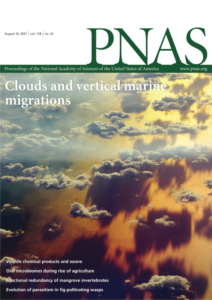Examining the consumption of radical content on YouTube
Homa Hosseinmardi, Amir Ghasemian, Aaron Clauset, Markus Mobius, David M. Rothschild & Duncan J. Watts
Abstract: Although it is under-studied relative to other social media platforms, YouTube is arguably the largest and most engaging online media consumption platform in the world. Recently, YouTube’s scale has fueled concerns that YouTube users are being radicalized via a combination of biased recommendations and ostensibly apolitical “anti-woke” channels, both of which have been claimed to direct attention to radical political content. Here we test this hypothesis using a representative panel of more than 300,000 Americans and their individual-level browsing behavior, on and off YouTube, from January 2016 through December 2019. Using a labeled set of political news channels, we find that news consumption on YouTube is dominated by mainstream and largely centrist sources. Consumers of far-right content, while more engaged than average, represent a small and stable percentage of news consumers. However, consumption of “anti-woke” content, defined in terms of its opposition to progressive intellectual and political agendas, grew steadily in popularity and is correlated with consumption of far-right content off-platform. We find no evidence that engagement with far-right content is caused by YouTube recommendations systematically, nor do we find clear evidence that anti-woke channels serve as a gateway to the far right. Rather, consumption of political content on YouTube appears to reflect individual preferences that extend across the web as a whole.
For more information, see the paper in PNAS.


